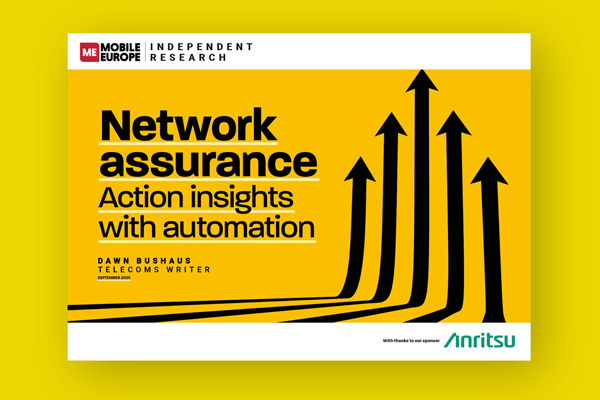World Broadband Association says AI can improve investment in broadband as well as profits and time-to-market if used correctly in the pre-deployment phases as it launches four white papers
In one of four white papers launched this week, the World Broadband Association (WBBA) outlined the current and potential uses of AI during the pre-deployment phases of broadband networks. The paper also covers how this can help network planning and expansion decisions to ensure infrastructure is rolled out in the right locations, using the right technologies, and with optimised return on investment (ROI) scenarios.
“The pre-deployment phases in broadband are periods of decision-making and network planning before infrastructure is rolled out or upgraded,” said Director General of the WBBA, Martin Creaner. “It’s an ideal environment for AI to make an impact, and if its models are supported by the right data and algorithms, then it can be used to help operators predict the return on their investments much more accurately.”
The papers were launched at the WBBA Broadband Development Congress (BDC) in Barcelona this week, alongside MWC, and can be found on the WBBA website.
Gigacity Index 2025
The WBBA is the Gigacity Index 2025, which ranks cities from 30 countries across the globe in terms of their broadband sophistication. This first issue of the Index assesses cities like Singapore, Shanghai, New York, Madrid and Zurich, not only ranking their broadband capabilities but highlighting and the policies, investments and advances that led them to become Gigacities.
Metrics used in the Index include a city’s network infrastructure, including FTTH coverage and 10G PON availability, network connectivity and broadband experience.
Net5.5G
Having defined Net5.5G architecture in the Network Evolution for the 5.5G and 6G Era white paper in June 2024, the WBBA has now published use cases from across five continents which demonstrate successful Net5.5G scenarios and functionalities from operators, carriers and other players.
This collection of use cases show how the Net5.5G architecture is being deployed by many operators and stakeholders around the world, and “reflects the sustainable evolution of data communication networks (DCNs) in an era when 5.5G and ubiquitous AI computing will become commonplace,” according to the WBBA.
“Our Network Technology working group (WG4) continues to lead the way where Net5.5G is concerned,” continued Creaner. “Not only is this team sharing vision, roles and requirements for Net5.5G, but [is] also developing an end-to-end blueprint for network evolution for the 5G Advanced and 6G era. We are excited by the potential of Net5.5G to help realise the promise of digital transformation in a fully connected intelligent world.”
5G Voice over W-Fi
The GSMA 5G Voice over Wi-Fi Task Force presented a new report on VoWiFi at BDC. This is more commonly referred to as Wi-Fi Calling and has been deployed by numerous operators worldwide in the last decade.
The Task Force includes the GSMA, WBBA and Wireless Broadband Alliance, among others. The aim is to integrate wireless and wired networks for seamless indoor-outdoor coverage, and provide ubiquitous, high-quality voice services.
The report considers why Wi-Fi Calling is needed various scenarios and services, providing use cases across sectors plus potential business models. The task force also considers the new requirements emerging for Wi-Fi Calling in the 5G era, and the gaps that must be addressed to further its deployment and usage.




